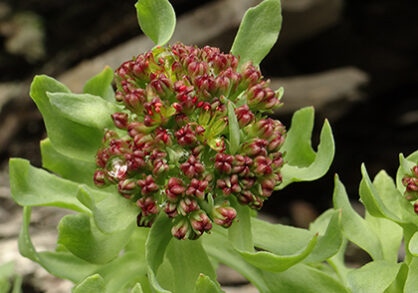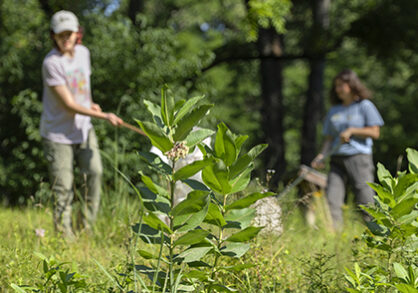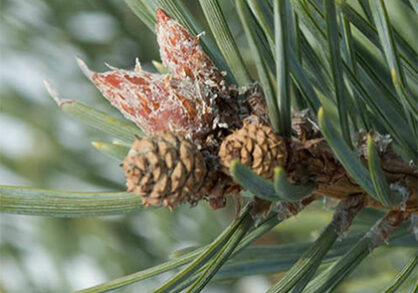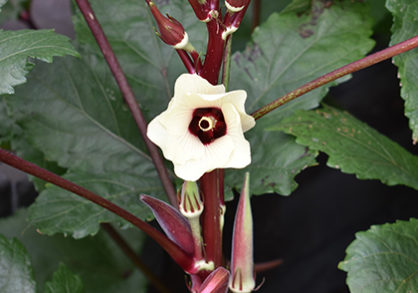CONNECTING PLANTS AND PEOPLES FOR A WORLD OF DIVERSITY, BEAUTY, AND HOPE.
FEATURED
For the Love of Chocolate
Have you thought about when and why chocolate became part of Valentine’s Day traditions?
Rare blooms find shelter in Cascadilla Gorge
Cornell Botanic Gardens has successfully established a population of the federally threatened plant Leedy’s roseroot in the walls of Cascadilla Gorge.
All about our Native Lawn
A lawn sown with native grasses does a world of good. Learn why and how to create one.
UPCOMING EVENTS
Mindful Botany at Brian C. Nevin Welcome Center
Join Cornell Botanic Gardens staff to observe the beauty and drama of nature unfolding on monthly nature walks. While exploring various paths and gardens each month, we will...
Growing Tropical Fruit Indoors at Brian C. Nevin Welcome Center
Do you want to learn how to grow your own tropical fruit, even in Ithaca’s freezing weather? In this workshop, you will plant and take home dragon fruit, pomegranate, and...
Verdant Views: Global Climate Stories
Our changing climate poses great challenges for humanity around the world: extreme weather events, sea level rise, flooding, drought, wildfires and more. How are countries in...
Land Acknowledgement
Cornell University is located on the traditional homelands of the Gayogo̱hó꞉nǫ' (the Cayuga Nation), members of the Haudenosaunee Confederacy.
Our Diversity, Equity, and Inclusion Efforts
Cornell Botanic Gardens embraces and actively works to increase diversity among all the communities with which we engage.
Seeds of Survival and Celebration: Plants and the Black Experience
This garden display and exhibit shares the knowledge, skill, and resilience of enslaved Africans, their descendants, and today’s Black community and their deep connections to plants and the cuisines they inspired.
Our Gardens and Natural Areas
We are responsible for the natural beauty of the Cornell University campus including cultivated gardens, an arboretum, and natural areas. Together these comprise one-third of campus, and with off-campus natural areas, a total of 3,600 acres.
WHAT TO SEE IN WINTER!
Winter provides a season of stillness and quiet beauty throughout our gardens and natural areas.








